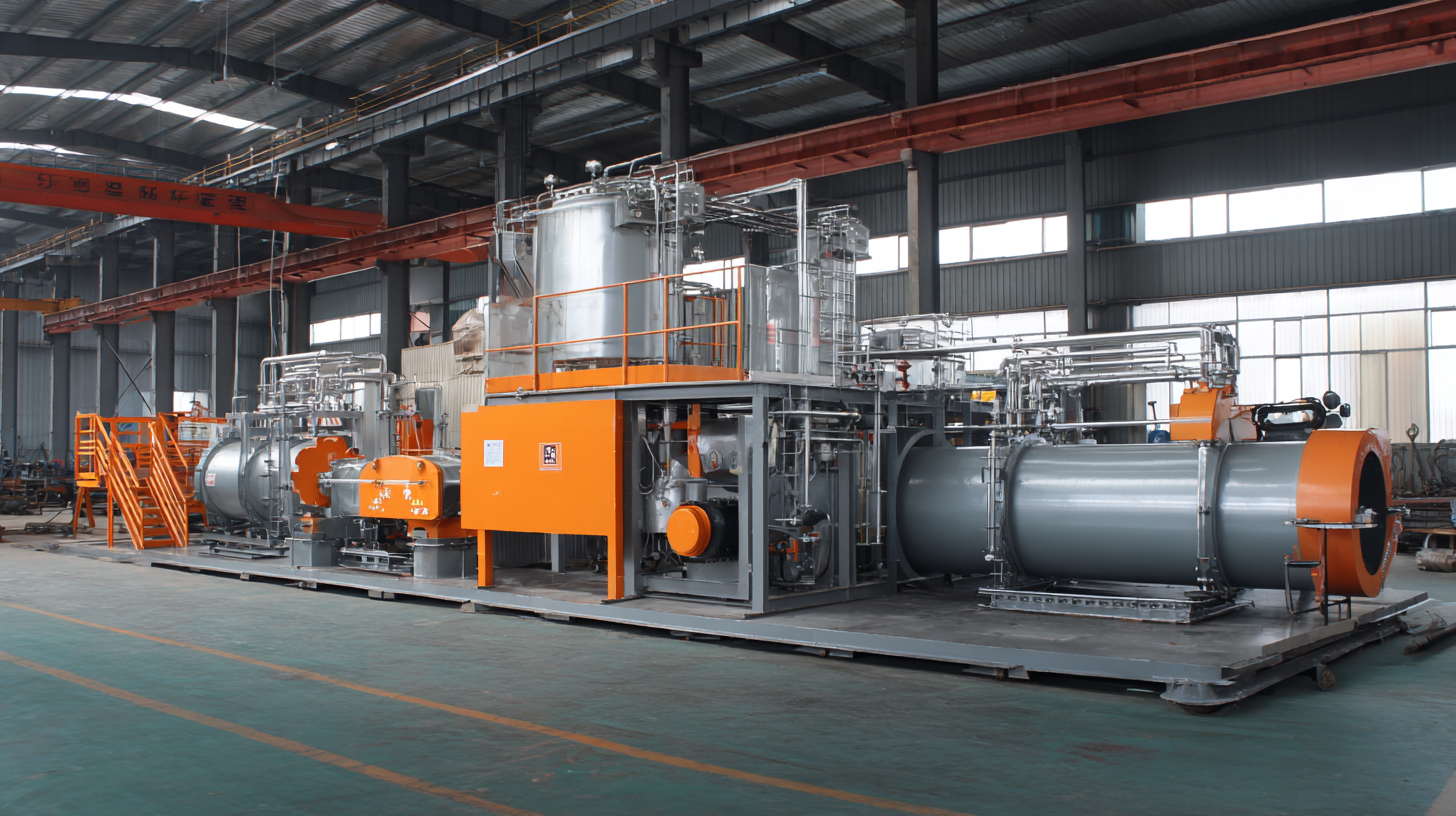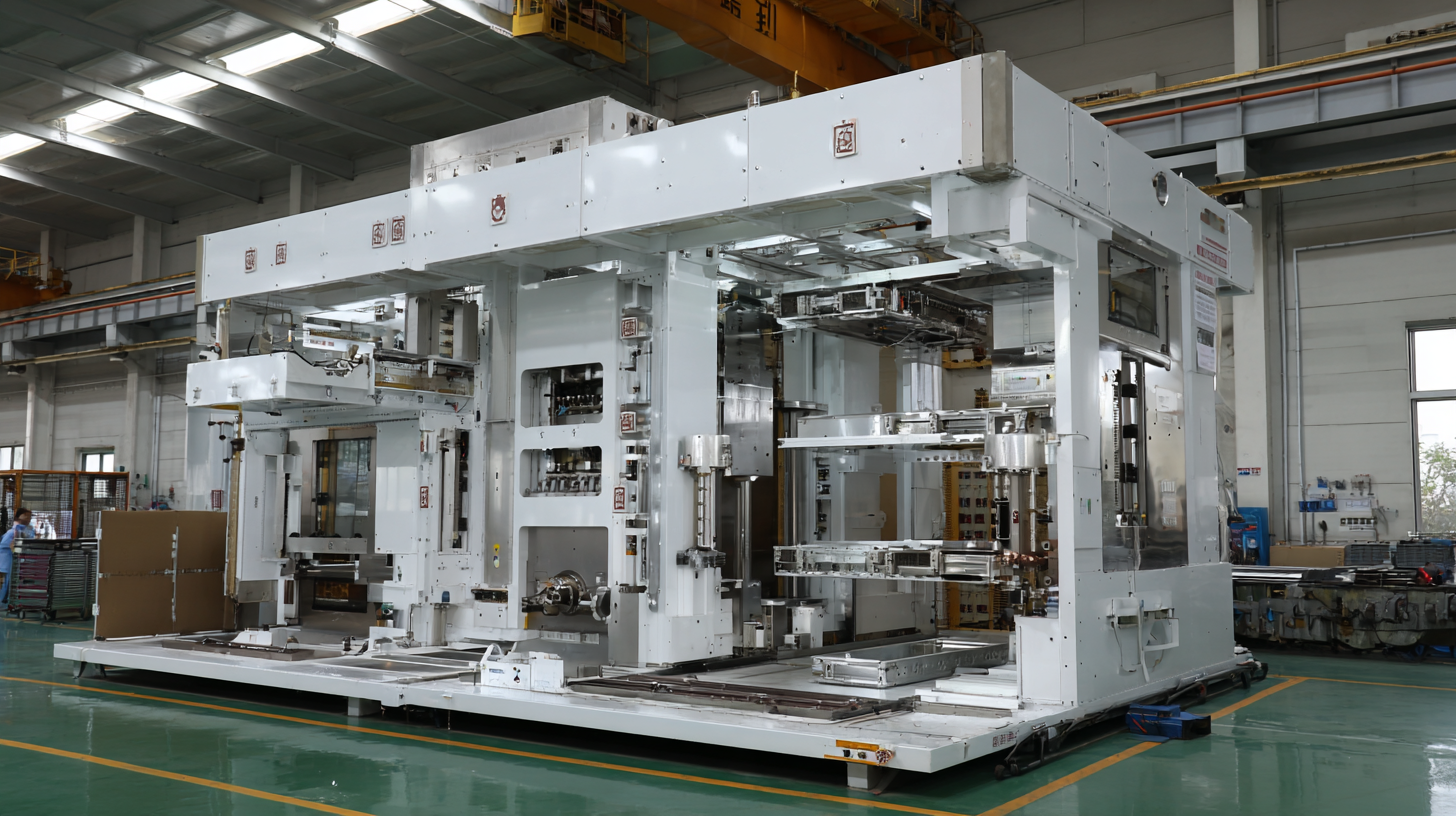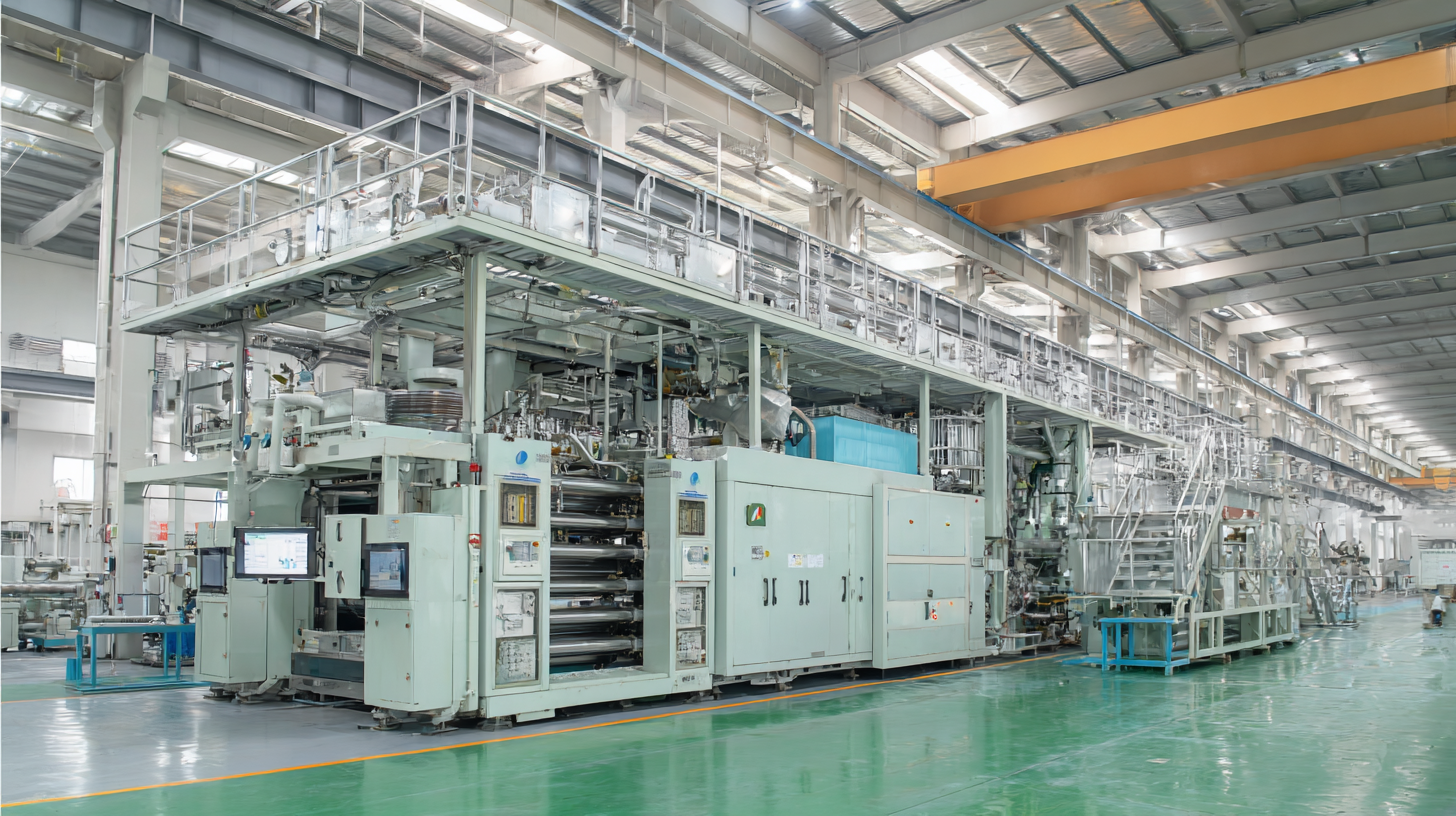In recent years, the manufacturing industry has witnessed a significant shift towards innovative technologies that enhance efficiency and quality, with Supersonic Spraying Equipment emerging as a leading solution. According to a report by MarketsandMarkets, the global market for spray coating technologies is projected to reach USD 20 billion by 2025, underscoring the growing demand for high-performance equipment.

China, with its advancements in supersonic spraying technology, is setting new quality standards that not only improve production capabilities but also align with global manufacturing benchmarks. As industries across the globe seek to adopt more sustainable and effective production methods, China's supersonic spraying systems are proving to be crucial players in this transformation, demonstrating exceptional precision and versatility that cater to various manufacturing requirements.
This blog will explore how China's top-tier Supersonic Spraying Equipment is unlocking global respect and driving the evolution of industry production standards.
The rise of supersonic spraying technology is reshaping China's manufacturing sector, offering unprecedented advantages in efficiency, quality, and cost-effectiveness. As manufacturers seek to enhance their production capabilities, this innovative approach allows for faster build speeds without the thermal stresses traditionally associated with other methods. Supersonic spraying, particularly through cold gas systems, presents a notable solution that combines enhanced performance with lower operational costs, setting new benchmarks in manufacturing practices.
Recent analyses highlight the role of numerical modeling in optimizing particle impact and minimizing residual stresses within cold sprayed coatings. By refining process parameters and understanding the kinematic behavior of micron-sized powders in supersonic gas flows, manufacturers can achieve superior layer adhesion and fine-tuned material properties. This technical advancement not only facilitates the creation of complex geometries but also aligns with the growing demand for high-quality components in various industries. The surge in cold gas spray equipment adoption, projected to grow significantly in the coming years, reflects a broader trend toward innovative manufacturing technologies that prioritize efficiency and sustainability.
China's manufacturing sector has undergone a remarkable transformation over the past few decades, and at the forefront of this revolution are advanced supersonic spraying equipment. These machines not only showcase cutting-edge technology but also embody stringent quality standards that are redefining what excellence means in manufacturing. Businesses that adopt this equipment are witnessing enhanced precision and efficiency, leading to higher-quality products that meet the demands of a competitive global market.
The introduction of high-performance supersonic spraying technology signifies a leap forward in manufacturing capabilities. By facilitating finer coating applications and improved surface finishes, these machines help manufacturers achieve superior durability and aesthetic appeal in their products. As companies adopt these innovative solutions, they are not only enhancing their production processes but also contributing to a broader narrative of quality assurance. The emphasis on quality standards not only benefits manufacturers in China but also sets a benchmark for industries worldwide, showcasing that commitment to excellence can lead to greater international respect and collaboration.

In recent years, China has emerged as a powerhouse in the manufacturing sector, particularly in the field of supersonic spraying equipment. Innovations in this domain are not only enhancing production efficiency but also setting new quality benchmarks globally. According to a report by Research and Markets, the global market for industrial spray equipment is expected to grow from $3.5 billion in 2021 to $5.1 billion by 2026, highlighting the increasing demand for advanced spraying technologies. China's contributions, particularly in supersonic spraying technology, exemplify the commitment to superior craftsmanship and cutting-edge innovation.
To fully leverage these advancements, manufacturers can adopt several best practices. First, investing in training for employees on the latest equipment can greatly improve operational efficiency. Second, regular maintenance of supersonic spray tools ensures optimal performance and longevity. Lastly, utilizing data analytics for monitoring and optimizing spray parameters can lead to better quality control and reduced waste.
As global markets increasingly recognize the importance of quality in manufacturing, China's leadership in supersonic spraying equipment is paving the way for a new era of industrial excellence. The innovations being driven in this sector will not only enhance product quality but will also solidify China's position as a respected leader in global manufacturing standards.
In the quest for manufacturing excellence, the adoption of advanced spraying technologies poses both challenges and opportunities. China's advancements in supersonic spraying equipment exemplify how these technologies can enhance production quality. However, companies often face hurdles in integrating these sophisticated systems into existing workflows. Issues such as high initial costs, the need for specialized training, and potential downtime during the transition period can deter businesses from making the switch.
To navigate these challenges, companies can adopt practical strategies. First, conducting a thorough cost-benefit analysis can help justify the investment, highlighting long-term savings through improved efficiency and reduced waste. Additionally, providing comprehensive training programs for staff can ensure that team members are well-equipped to handle the new technology, minimizing the risk of operational disruptions.
Lastly, collaborating with suppliers and industry experts can significantly streamline the adoption process. They can offer valuable insights and support, helping to tailor solutions that fit specific manufacturing needs. Emphasizing a phased implementation approach may also ease the transition, allowing companies to gradually incorporate advanced spraying technologies while maintaining productivity levels.

In the rapidly evolving landscape of manufacturing,
Industry 2025
is poised to redefine standards with a focus on quality and efficiency. This initiative emphasizes the integration of advanced technologies such as AI, IoT, and automation, enhancing production processes and aligning them with global benchmarks.
As companies adopt these innovations, they not only increase productivity but also ensure that their outputs meet the highest quality standards, ultimately unlocking global respect for their products.
Tips:
Embrace newer technologies early on to stay ahead in the competitive market. Invest in continuous training and development for your workforce, equipping them with the skills needed to navigate complex manufacturing systems.
Moreover,
Industry 2025 encourages collaboration across sectors, pushing for standardization that fosters transparency and trust among manufacturers. By participating in this collaborative environment, companies can share best practices and benchmark their performance against industry leaders, paving the way for collective growth.
Tips:
Actively participate in industry forums and alliances to exchange knowledge and experience. Consider benchmarking programs to identify gaps in your processes and discover areas for improvement.
TradeManager
Teams
VKontakte


